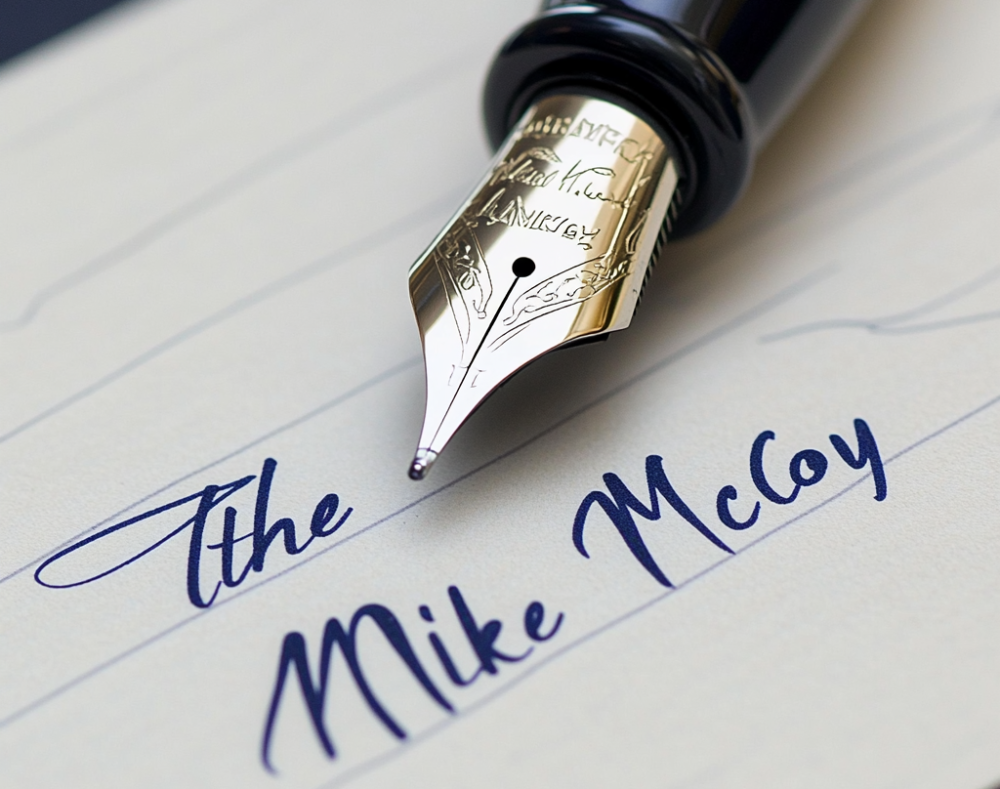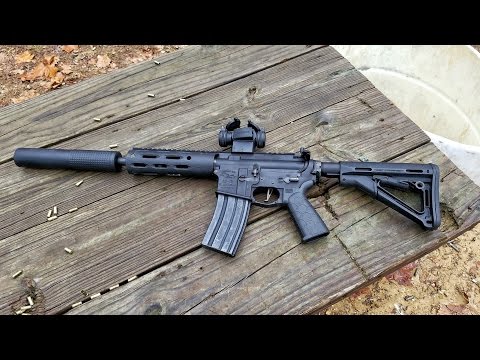Like me, you’ve probably heard so many stories about how to purchase a silencer, or convert your gun into a SBR etc. Unfortunately, most are just that…..STORIES. You’ll even hear people use terms like “if I get approved”. Here is the deal folks – it’s a tax stamp not an approval! You take the time to fill out the papers, you pay the money, Uncle Sam makes sure you aren’t sniffing glue and experimenting with fertilizer products, and you wait…..then you wait some more…..and then finally…..you wait.
Well we are very fortunate to have Tennessee Matt standing by to shed some light on his experience with a silencer purchase from start to finish. Matt is a gun guy to the bone. Do yourself a favor and subscribe to TennesseeMatt on YouTube! Now, kick your feet up and get some education on what the whole tax stamp process is really like! Enjoy!
p.s. – be sure to check out the links to support SilencerShop.com – I’ve also included a link to the NFA and a video of Matt at the range with his new toy!
My journey buying a silencer
Buying a suppressor, or any NFA item for that matter, is not for those without patience.
At the time I am writing this in December 2016, the approximate estimated wait time for any approval of an NFA item is 9-10 months.
My journey begins with this. I filed for my first NFA item in November 2015. I had a stripped AR-15 lower that would eventually become my 300 AAC Blackout 8.5 inch SBR. That approval came back relatively quickly 3 ½ months later in February 2016. I knew I would eventually want to get a suppressor for this gun. After ATF Rule 41F was passed in January, that changed how you acquire NFA items using a trust, I figured I better go ahead and get it.
March 1st I hopped onto SilencerShop.com and found the Yankee Hill Phantom 7.62 direct thread suppressor. I ordered it that day and submitted a copy of my trust to Silencer Shop to go along with the paperwork they sent to the NFA Branch on my behalf. The first leg begins with them submitting a Form 3 (Application for Tax-Exempt Transfer of Firearm and Registration to Special Occupational Taxpayer) to transfer the item from them to my local FFL. A few weeks after the Form 3 is mailed in, they submit the Form 4 (Application for Tax Paid Transfer and Registration of Firearm) and the check for the $200 NFA tax stamp. The Form 4 is what actually comes back approved with the tax stamp affixed to it. Once that check is cashed the countdown begins. My check was cashed April 11th. After waiting many, many months I finally got the phone call that my dealer had received my approved Form 4 back from the NFA Branch. It was approved on November 21st and arrived in the mail on December 3rd.
East Tennessee had been experiencing a pretty severe drought for much of the late summer and early fall timeframe. So of course the day I was finally able to pick up my new suppressor from the dealer it was raining. Not one to be easily stifled, I was able to catch a break when it was just barely raining and made a stop at my local range to try it out and make a quick “sneak peek” video with it.
For most people, their only exposures to suppressors are through Hollywood movies and TV shows. In real life though, most suppressed firearms aren’t actually as quiet as what is portrayed on TV. To get the best suppression you have to use subsonic ammunition. That is, ammunition where the bullet will not break the sound barrier. Even with subsonics, I found the suppressed 300 Blackout to sound almost equal to what a .22 rifle would sound like with no hearing protection on. It is significantly quieter and eliminates the initial blast, but not silent.


